Tiktok has a total of 12 patents globally, out of which 1 has been granted. Of these 12 patents, more than 75% patents are active. United Kingdom is where Tiktok has filed the maximum number of patents, followed by United States of America. Parallelly, United Kingdom seems to be the main focused R&D centre and also United States of America is the origin country of Tiktok.
Tiktok was founded in the year 2016. The Company operates as a free service and social media application for creating and sharing short mobile videos. The Company provides a fully realized platform for connecting individuals to a vibrant community of content creators.
Do read about some of the most popular patents of Tiktok which have been covered by us in this article and also you can find Tiktok patents information, the worldwide patent filing activity and its patent filing trend over the years, and many other stats over Tiktok patent portfolio.
How many patents does Tiktok have?
Tiktok has a total of 12 patents globally. These patents belong to 6 unique patent families. Out of 12 patents, 9 patents are active.
How Many Patents did Tiktok File Every Year?
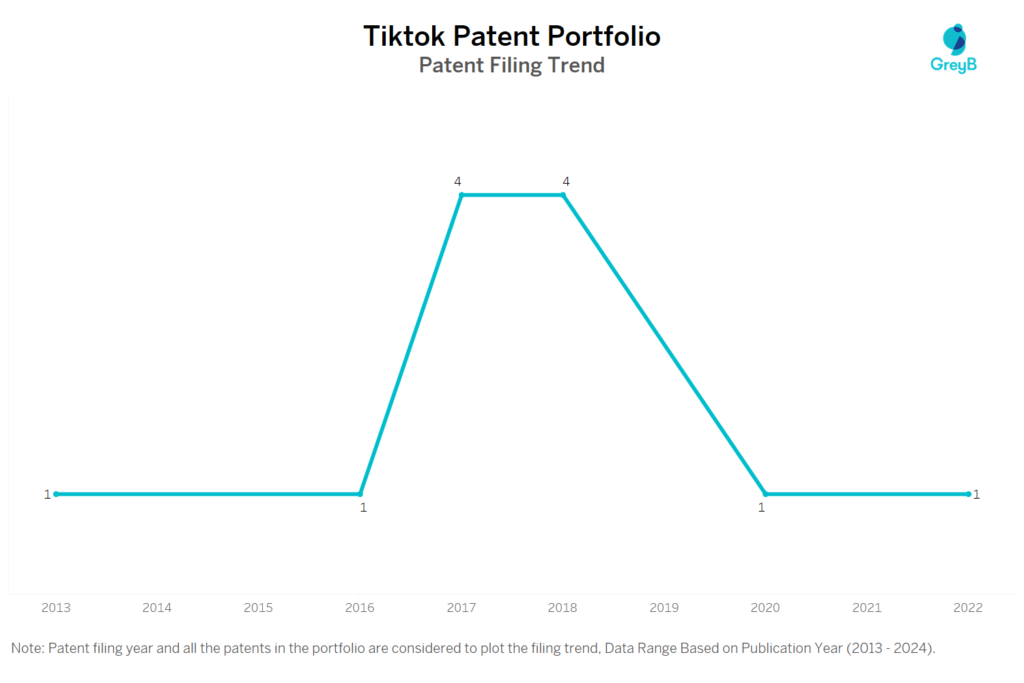
Are you wondering why there is a drop in patent filing for the last two years? It is because a patent application can take up to 18 months to get published. Certainly, it doesn’t suggest a decrease in the patent filing.
| Year of Patents Filing or Grant | Tiktok Applications Filed | Tiktok Patents Granted |
| 2022 | 1 | 1 |
| 2020 | 1 | – |
| 2018 | 4 | – |
| 2017 | 4 | – |
| 2016 | 1 | – |
| 2013 | 1 | – |
How many Tiktok patents are Alive/Dead?
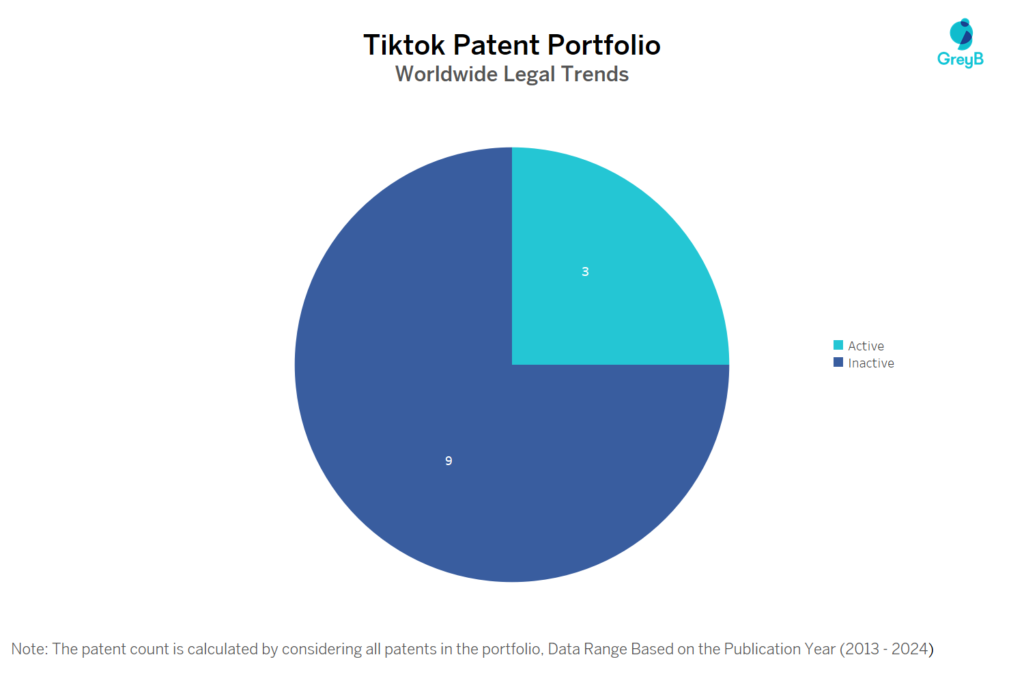
How Many Patents did Tiktok File in Different Countries?
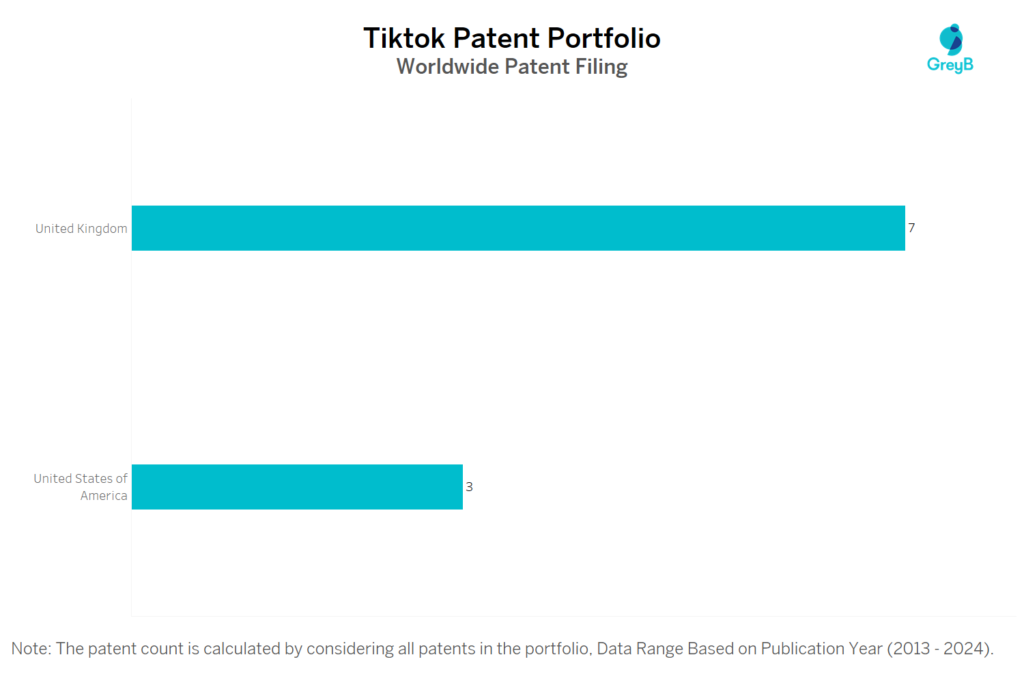
Countries in which Tiktok Filed Patents
| Country | Patents |
| United Kingdom | 7 |
| United States of America | 3 |
Where are Research Centres of Tiktok Patents Located?
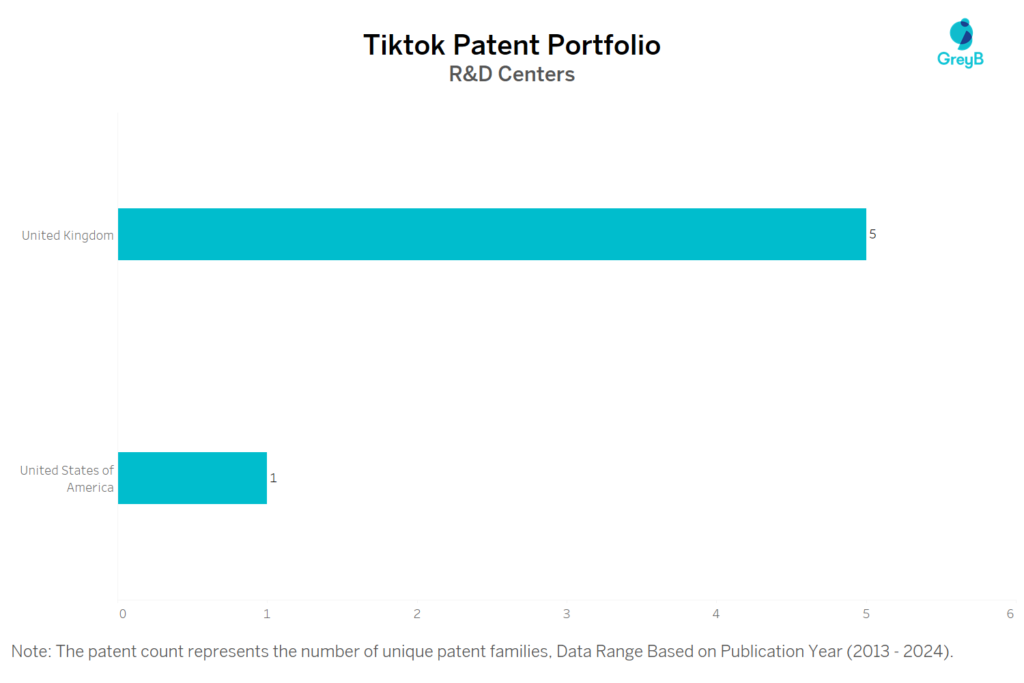
Most Cited TikTok Patents
WO2014068309A1 is the most popular patent in the TikTok portfolio. It has received 22 citations so far from companies like Amper Music, Shutterstock, and Blockchain Asics.
TikTok’s parent firm, ByteDance, describes themselves as a company that uses artificial intelligence to improve mobile user experiences. A ByteDance proprietary algorithm begins curating and refining a “For You” page as soon as a new user checks in. As Bytedance’s algorithm ingests the text, content, faces, length, topic, and other aspects of each video a user engages with, the For You page “is always learning.” TikTok ranks first in average session duration among social networking applications, indicating ByteDance’s investment in AI-driven user engagement. Every day, AI capabilities have enabled effective gamification of TikTok through global challengers.
TikTok’s algorithms quickly learn individual tastes by tracking users’ likes, comments, and time spent on each video on the consumer side. On the producer side, AI streamlines video editing by recommending music, hashtags, filters, and other upgrades that are currently trending or have proved to be popular.
However, the corporation isn’t satisfied with the same straightforward short-form videos that have made it successful in the past. It is planning to include Augmented Reality, e-commerce and longer-form video.
Despite legal and other obstacles, ByteDance is constructing an empire of apps for a new generation and pushing the boundaries of traditional digital entertainment. If ByteDance can continue to accomplish its aim of creating a borderless firm with game-changing technology, it might lead to the formation of new borderless companies and push other developing market tech entrepreneurs to branch out as well. In the end, this tendency will result in a broader range of digital offerings for consumers and businesses around the world.
List of TikTok Patents
| TikTok Patents | Title |
| US20200394990A1 | Modular automated music production server |
| WO2018051140A1 | A method of combining data |
| WO2014068309A1 | Generative scheduling method |
| GB201805201D0 | Music generation |
| GB201802182D0 | Automated music production |
| GB201802440D0 | A method of generating music data |
| GB201721216D0 | Automated music production |
| GB201721215D0 | Automated music production |
| GB201721212D0 | Automated music production |
| GB201615934D0 | A method of combining data |
What are Tiktok key innovation segments?
What Technologies are Covered by Tiktok?
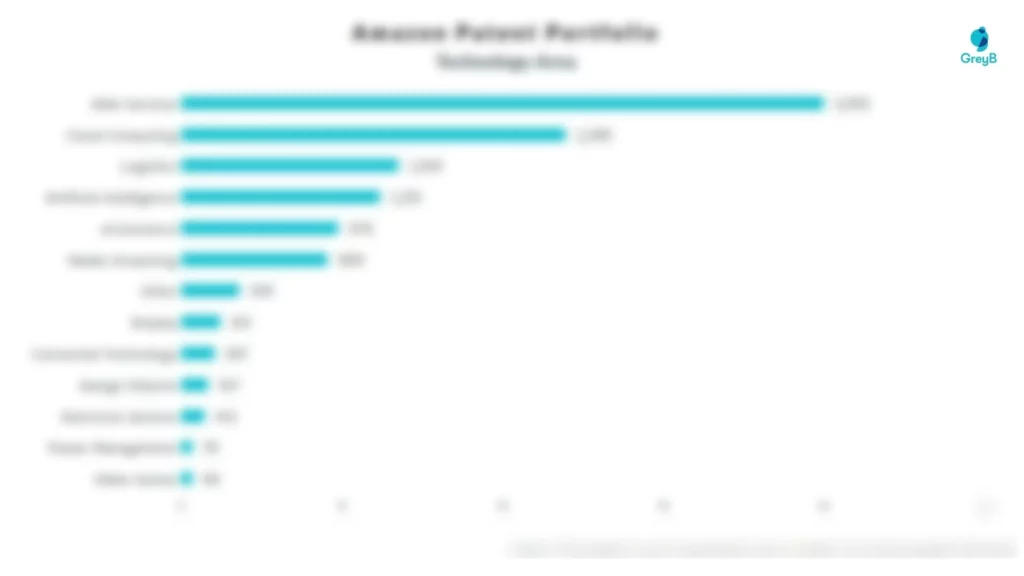
The chart below distributes patents filed by Tiktok in different countries on the basis of the technology protected in patents. It also represents the markets where Tiktok thinks it’s important to protect particular technology inventions.
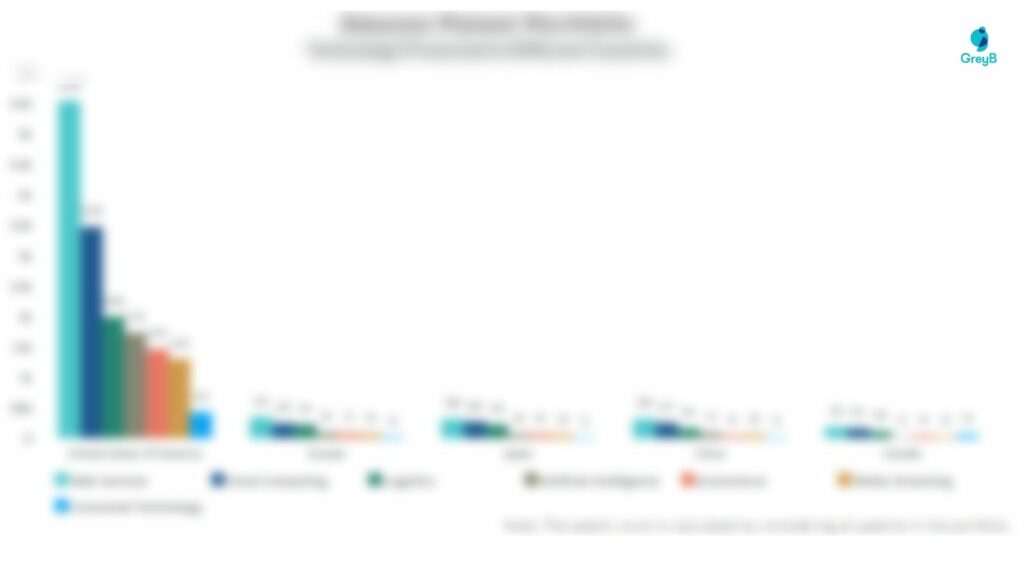
R&D Focus: How has Tiktok search focus changed over the years?
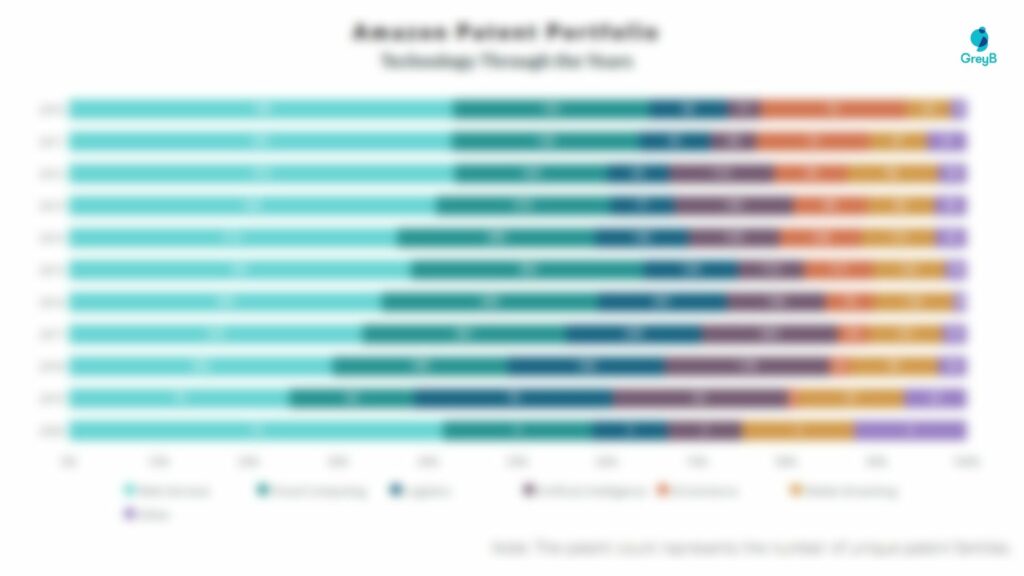
EXCLUSIVE INSIGHTS COMING SOON!
Interested in knowing about the areas of innovation that are being protected by Tiktok?
